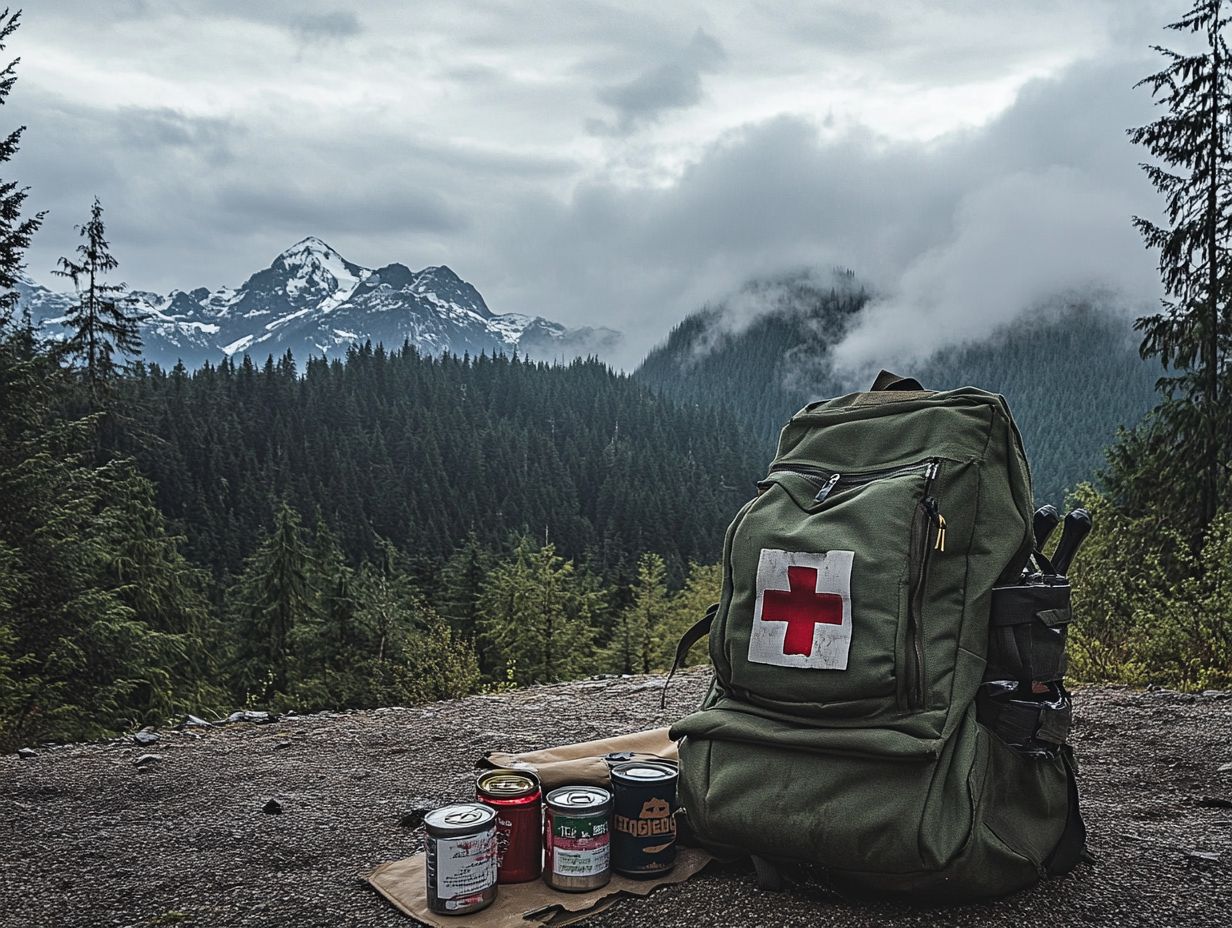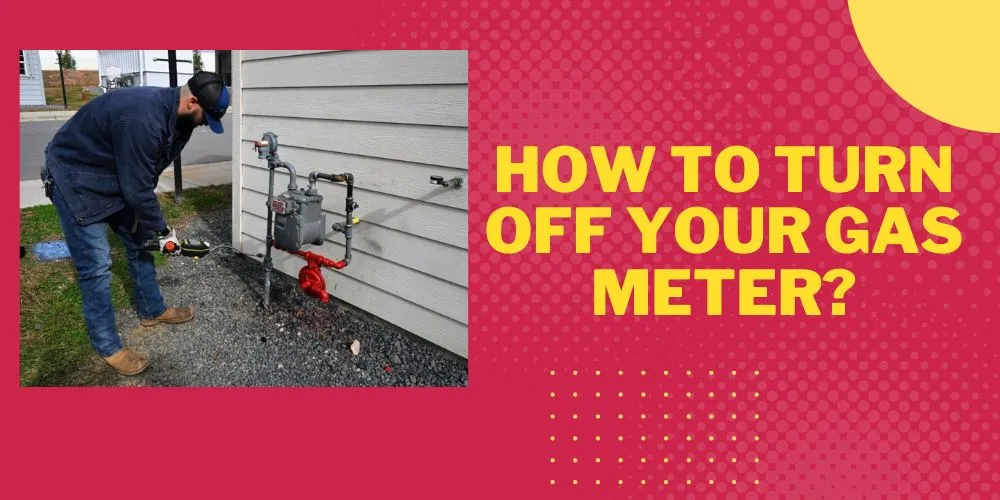In an unpredictable world, the concept of a doomsday scenario often appears to be a distant yet imminent possibility.
Whether it involves natural disasters, pandemics, or man-made crises, comprehending the various types of potential disasters is essential for ensuring safety and achieving peace of mind.
This article aims to provide guidance on essential preparations, encompassing the necessary supplies and skills required to develop a comprehensive survival plan.
It will explore strategies tailored to diverse environments and emphasize the importance of mental resilience during a crisis.
Empower yourself with the knowledge needed to confront uncertainties confidently.
Understanding Doomsday Scenarios

Understanding doomsday scenarios necessitates a comprehensive analysis of potential threats capable of disrupting normal life, including natural disasters, man-made crises, and economic collapses. A well-structured disaster planning framework should incorporate risk assessment, enabling individuals and communities to identify local threats and prepare accordingly.
Through the analysis of these scenarios, it becomes possible to develop emergency preparedness strategies that enhance resilience and capabilities in the face of adversity, thereby ensuring readiness for any eventuality that may lead to a crisis situation.
Types of Potential Disasters
Potential disasters can be categorized into two primary types: natural disasters, such as earthquakes and floods, and man-made disasters, including industrial accidents and terrorist attacks.
Each category presents distinct challenges that necessitate tailored preparations. For example, natural disasters often occur with little warning and have the potential to devastate entire communities, thereby making it essential to stockpile critical supplies such as water purification tablets and portable first-aid kits.
In contrast, man-made disasters generally pose an immediate threat to public safety, requiring strategies that focus on safe evacuation routes and effective communication methods.
Understanding the differences in survival tactics is imperative; while urban environments may provide quicker access to resources, wilderness survival emphasizes the importance of self-sufficiency and adaptability in remote settings.
Developing a comprehensive disaster preparedness plan that addresses these differences can significantly enhance an individual’s chances of survival in any crisis.
Preparing for a Doomsday Scenario

Preparing for a doomsday scenario necessitates a proactive approach that emphasizes emergency preparedness. This includes the acquisition of essential supplies, the development of survival skills, and the establishment of effective communication plans.
Such a comprehensive strategy not only prioritizes family readiness but also ensures that individuals are adequately equipped to respond to various crises. This preparation ultimately enhances their confidence and capacity to manage emergencies effectively.
Essential Supplies and Skills
Essential supplies for doomsday preparation encompass critical items such as a comprehensive first aid kit, a bug-out bag filled with essential survival gear, and effective strategies for food preservation and water purification. These supplies not only address immediate survival needs but also enhance long-term survival capabilities during prolonged crises.
Along with these fundamental supplies, it is crucial to comprehend the importance of possessing basic survival skills, including foraging for edible plants, constructing sustainable shelters, and generating fire without reliance on modern conveniences.
Maintaining equipment is equally important; conducting regular inspections of items such as flashlights, water filters, and cooking tools ensures their functionality when they are needed most.
Additionally, acquiring knowledge regarding water sources and purification methods becomes imperative, as access to clean drinking water is a cornerstone of health.
Establishing a personal food storage plan can substantially reduce the risk of depleting resources, thereby providing a buffer during unforeseen circumstances.
Creating a Survival Plan

Developing a survival plan is an essential aspect of emergency preparedness, incorporating various elements such as an evacuation strategy, psychological readiness, and the engagement of community support to foster collective resilience.
This plan acts as a comprehensive guideline for individuals and families to adhere to during a disaster, ensuring that they possess well-defined steps to mitigate risks and improve their chances of survival.
Steps to Take Before, During, and After a Disaster
The steps to be taken before, during, and after a disaster are crucial for ensuring safety and resilience. These steps emphasize pre-disaster actions such as risk assessment and preparation, adherence to safety protocols during the disaster, and post-disaster recovery efforts that promote mental resilience and overall health. Each phase necessitates distinct skills and resources for effective navigation.
Preparedness for potential emergencies entails not only the identification of hazards but also the development of response plans that prioritize both physical safety and mental health. If there is a disaster, it is imperative for individuals and communities to establish effective communication strategies, as well as support systems that foster emotional well-being.
During the high-stress moments of a disaster, strict adherence to safety measures can mitigate immediate risks, while the implementation of mindfulness practices may help sustain psychological stability.
Following the event, recovery initiatives should include counseling and community engagement to enhance mental resilience, highlighting that the healing process extends beyond physical reconstruction to encompass emotional recovery as well.
Survival Strategies for Different Environments

Survival strategies must be tailored to various environments, whether for urban survival within city landscapes or wilderness survival in remote areas. Each context necessitates specific skills and knowledge to effectively navigate the associated challenges.
A comprehensive understanding of shelter construction, foraging for edible plants, and other essential survival tactics constitutes a critical component of these strategies.
Tips for Surviving in Various Locations
Surviving in diverse environments necessitates the application of tailored survival strategies that address the distinctive challenges presented by both urban and wilderness settings. This includes the effective utilization of communication equipment and the implementation of self-defense techniques. A comprehensive understanding of local threats and the ability to adapt to the environment can significantly improve survival outcomes.
In urban areas, it is imperative to remain informed about potential hazards, such as weather alerts or civil disturbances. Individuals should consider investing in a reliable portable charger to ensure that communication devices remain functional during emergencies.
Conversely, in wilderness settings, foraging skills are crucial for obtaining essential sustenance, while a thorough knowledge of local wildlife can help prevent dangerous encounters. Both environments require a heightened awareness of available resources.
For instance, in urban settings, public libraries or community centers can serve as important sources of information and networking opportunities. In natural environments, the ability to identify safe water sources can be a critical factor in survival.
Emphasizing adaptability and resourcefulness is vital for enhancing overall preparedness for survival.
Mental and Emotional Preparedness
Mental and emotional preparedness serves as a fundamental component of effective survival, highlighting the importance of developing mental resilience and psychological readiness to navigate crises with a robust survival mindset.
This preparation encompasses not only individual readiness but also the cultivation of group dynamics and emotional support systems, which are essential for enhancing collective coping mechanisms.
Maintaining a Positive Mindset in a Crisis
Maintaining a positive mindset during a crisis is essential for effective crisis management, as it facilitates well-considered choices and fosters resilience in challenging circumstances. The application of psychological first aid techniques and stress relief strategies can significantly enhance an individual’s capacity to cope with adversity and improve overall well-being.
In periods of uncertainty, it is vital to cultivate a supportive environment where open communication and shared experiences can offer comfort. Practicing mindfulness and grounding techniques can assist individuals in remaining present, thereby reducing anxiety about the future.
Engaging in physical activities—such as brisk walking or yoga—has been shown to alleviate stress and improve mood. Additionally, seeking social support from friends, family, or mental health professionals promotes emotional expression and reinforces a sense of community, reminding individuals that they are not alone in their challenges.
By implementing these coping strategies, individuals can navigate crises with greater strength and clarity.


